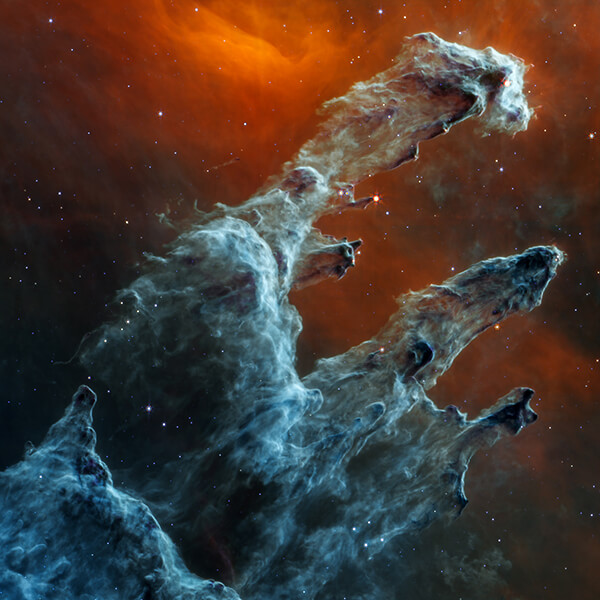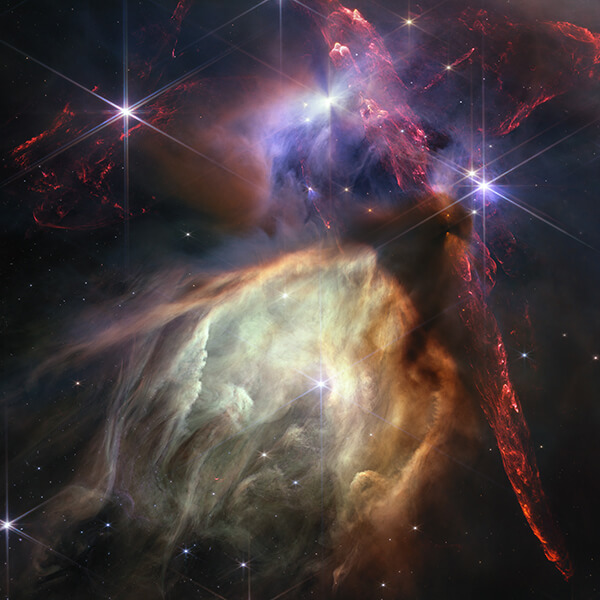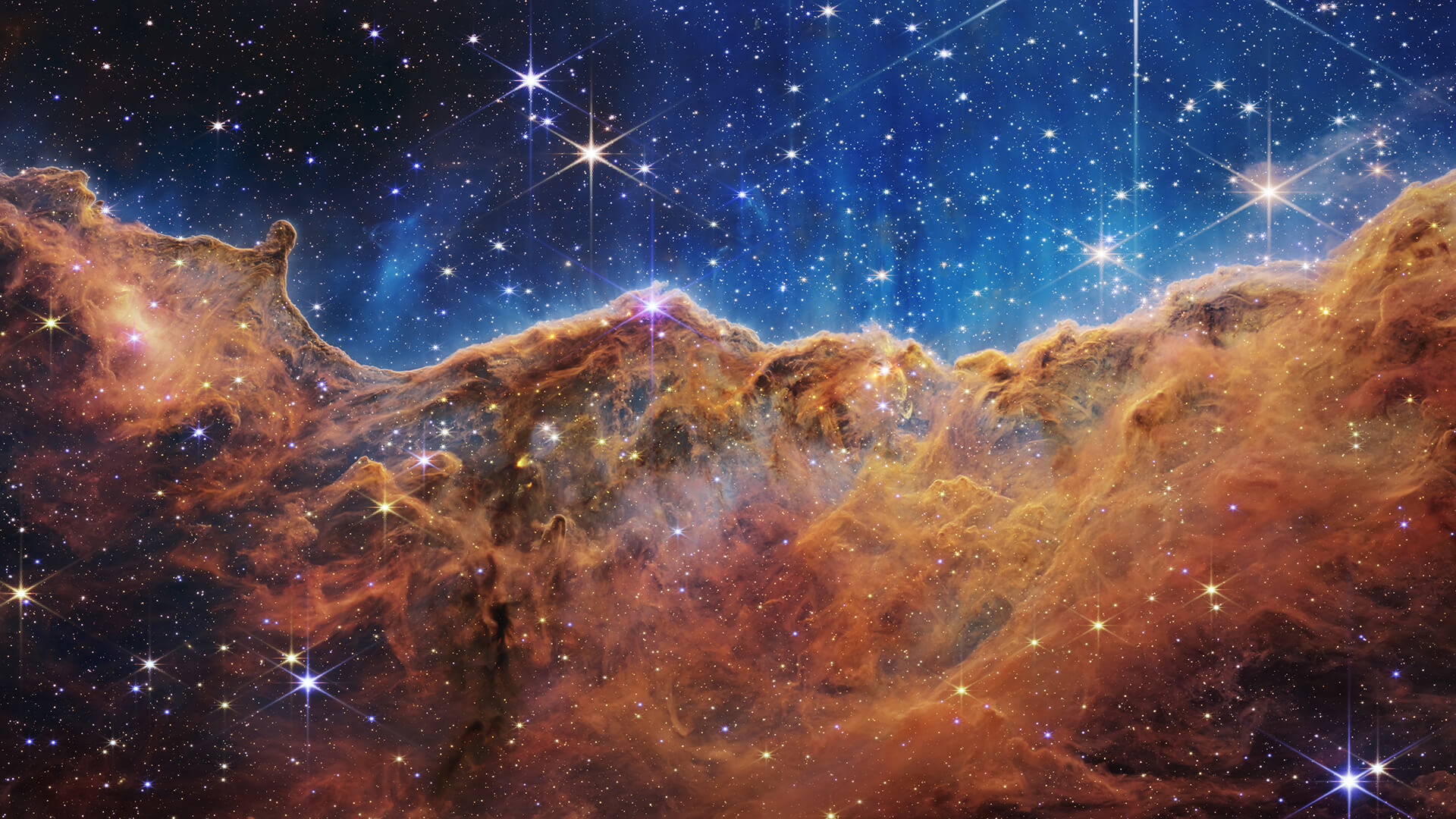In a Galaxy Far, Far Away
Launched on Christmas Day 2021, NASA’s James Webb Space Telescope represents a new dawn of discovery. The $10 billion telescope, the most powerful ever built and a successor to the Hubble Space Telescope, is giving scientists a view of the first galaxies and stars forming in the darkness over 13.5 billion years ago, 200 million years after the Big Bang. By peering into the distant past, this technological marvel could also shed light on seminal questions with which humanity has long grappled: What did the early universe look like? Are there other Earths?

The telescope was built by Northrop Grumman, and the design, development and integration of the groundbreaking observatory was overseen by Scott Willoughby, M.S. ’91, vice president and former program manager for JWST. “We’ve created an instrument that will allow us to see things never seen before,” he said.
The images transmitted over the past year are simply stunning. They include black holes, exoplanets and distant galaxies, with many more to come over the Webb’s five- to 10-year mission. Perhaps the most striking pictures are the “Cosmic Cliffs,” a cloud of gas and dust in the Carina Nebula, located about 7,500 light-years from Earth, and an updated view of the “Pillars of Creation,” a star-forming region of the Eagle Nebula.





